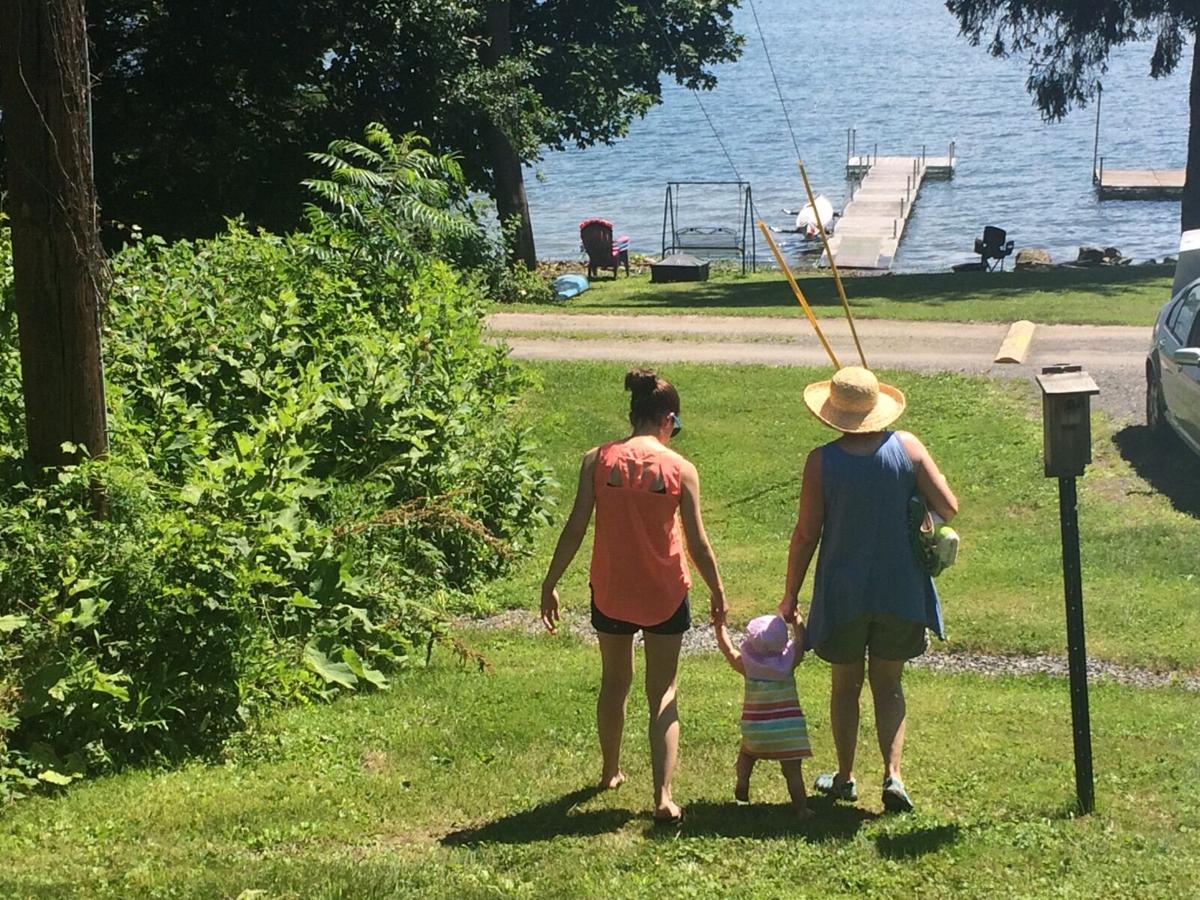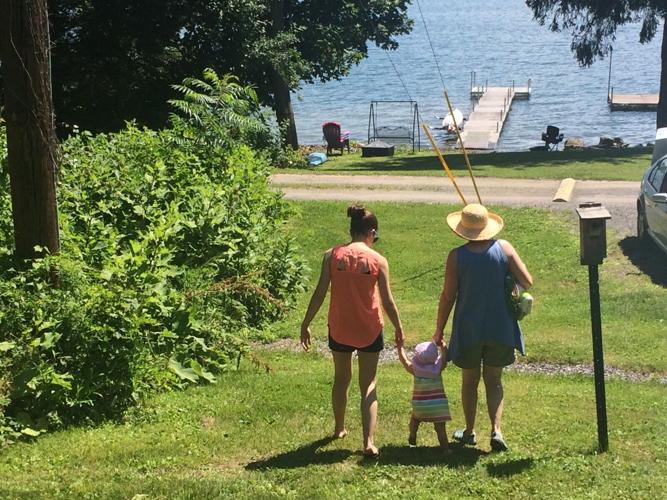Watershed protection can rarely be meaningfully achieved without proper collaboration. Stakeholders such as homeowners, farmers, and government officials rely on one another for information sharing, mutual accountability, and trust to make sound and data-driven management decisions. Without these often unspoken but essential pillars, shared goals are quietly lost.
"A Diet for a Small Lake," published by the New York State Federation of Lake Associations and the New York State Department of Environmental Conservation, explores these challenges in depth. For anyone interested in water quality or in contributing to a cause greater than themselves, it’s an essential read. One of its opening insights is that stakeholder management is often difficult because everyone believes they know what’s best for the lake. These brief flashes of ego send ripples through the political landscape, like storm clouds casting shadows over streams that have connected us all for generations.
People are also reading…
And yet, these differing perspectives are not inherently in conflict. They can coexist and compliment each other if rooted in mutual respect and guided by a shared understanding: We all want to protect a vital resource. Owasco Lake is that resource. It sustains us — in body, in spirit, and in the stories that define the place many of us call home.

Boating on Owasco Lake.
Recent developments in the Owasco Lake watershed have threatened to seed division, bringing rise to an “us vs. them” mentality that turns allies into adversaries. While most stakeholders are well-intentioned, it’s important to be honest about the potential consequences of new dynamics. We need our “allies” and “adversaries” working together to address real threats: harmful algal blooms, nutrient loading, erosion, and water quality degradation. Polarization weakens progress and scapegoating sets us back. We need to work side-by-side in solving problems that have no allegiance. Clean water is not a prize to be won, but a promise to be kept.
Now is a time to step back and re-engage with curiosity. Residents are encouraged to ask questions, seek our primary resources, and speak with people who’s perspectives differ from their own. The future of a drinking water source for more than 45,000 people depends on our ability to find a balance between data-driven policy and practical solutions.
Progress will only come from restoring relationships, welcoming nuance and creating space for caution and cooperation. We all must come to the table with consistent humility and an understanding that no one group can make meaningful progress alone. The science is complex and the path forward may be slow, but the decision to work together can be made everyday. Division doesn’t protect a watershed. It only weakens the ties we need to conserve it.

Owasco Lake.
The Owasco Watershed Lake Association continues to play a valuable role in connecting community members with the scientific and regulatory efforts focused on protecting the lake. Acting as a liaison between residents and professionals, OWLA works to promote understanding, share information, and support transparent dialogue across a range of perspectives. In a space where interests and approaches sometimes differ, this connecting role helps ensure that both local knowledge and technical expertise remain part of the broader conversation about Owasco Lake’s future.
Owasco’s waters do not recognize town lines or political sides. They flow freely — over farmland, under shared roads, through taps, and into the hands of the next generation who has not yet questioned whether the lake will always be there. Let’s strive to be the generation that leads with unity, understanding and mutual respect so they don’t have to.
For more information, and to join OWLA, please go to our website at .


















